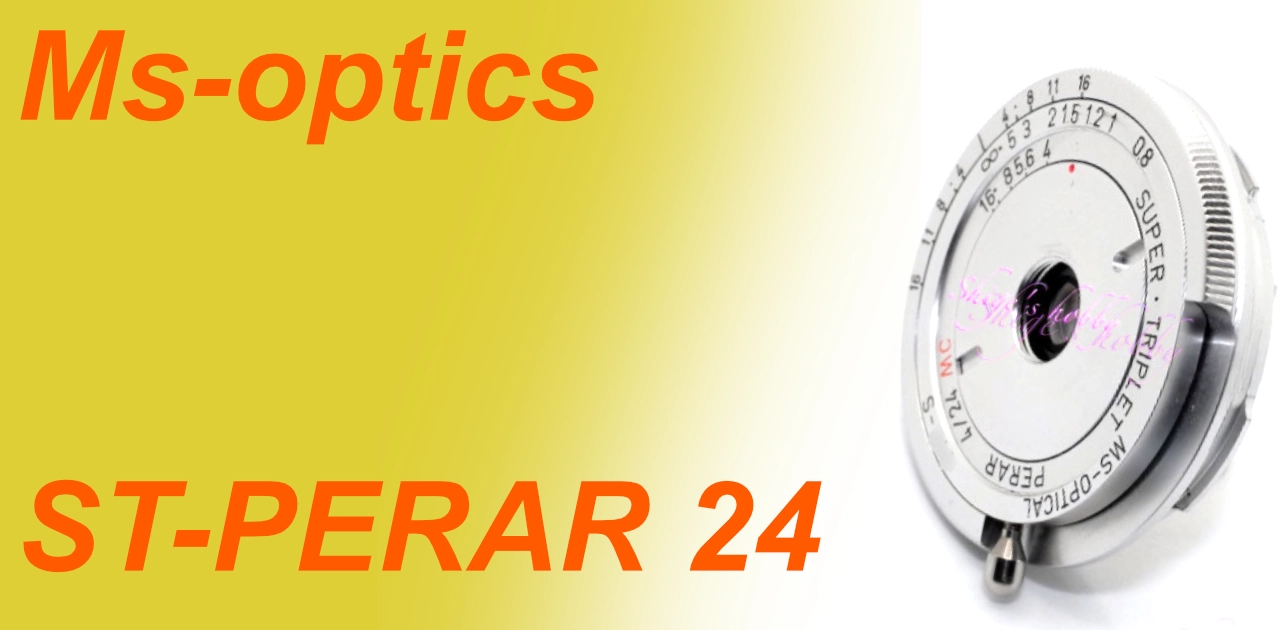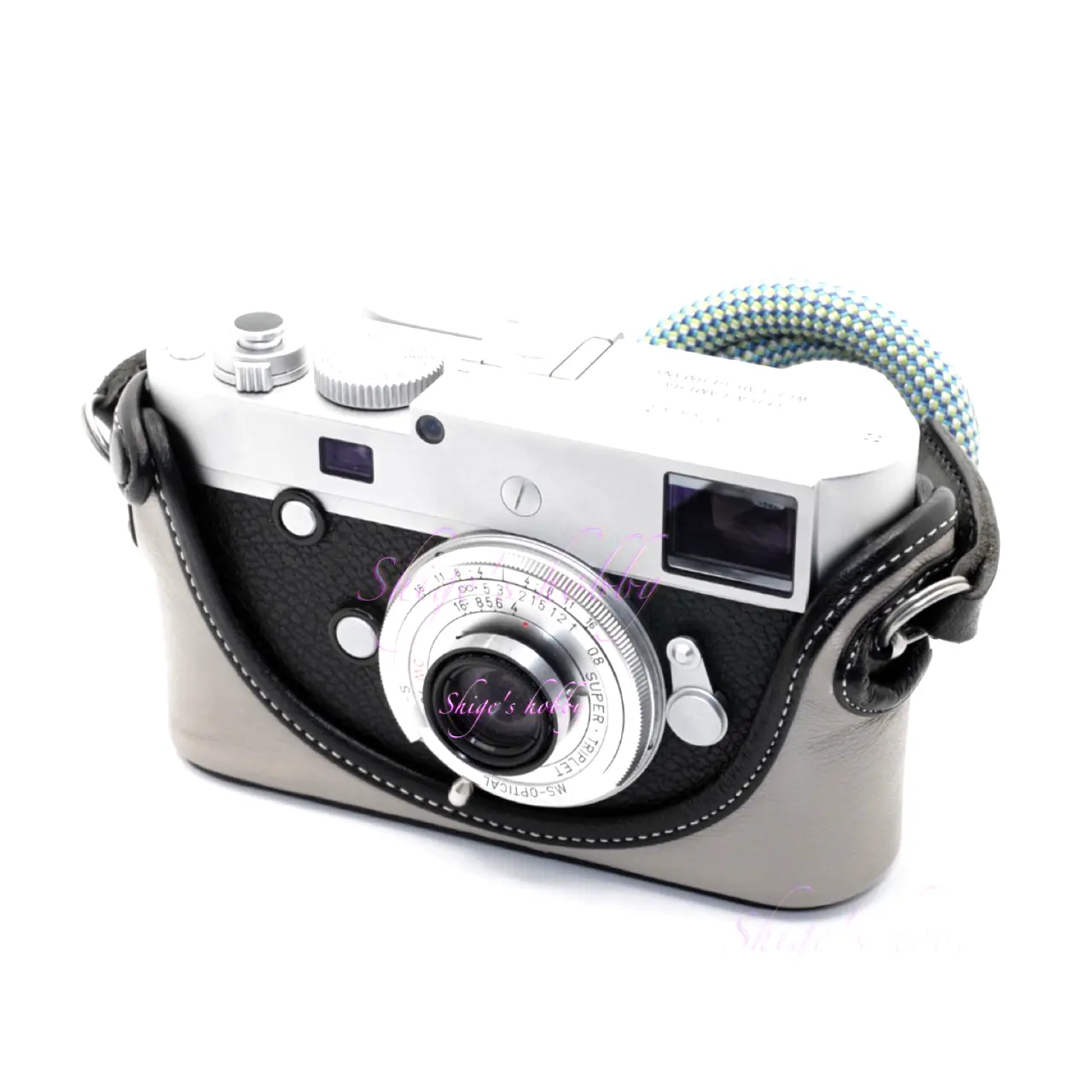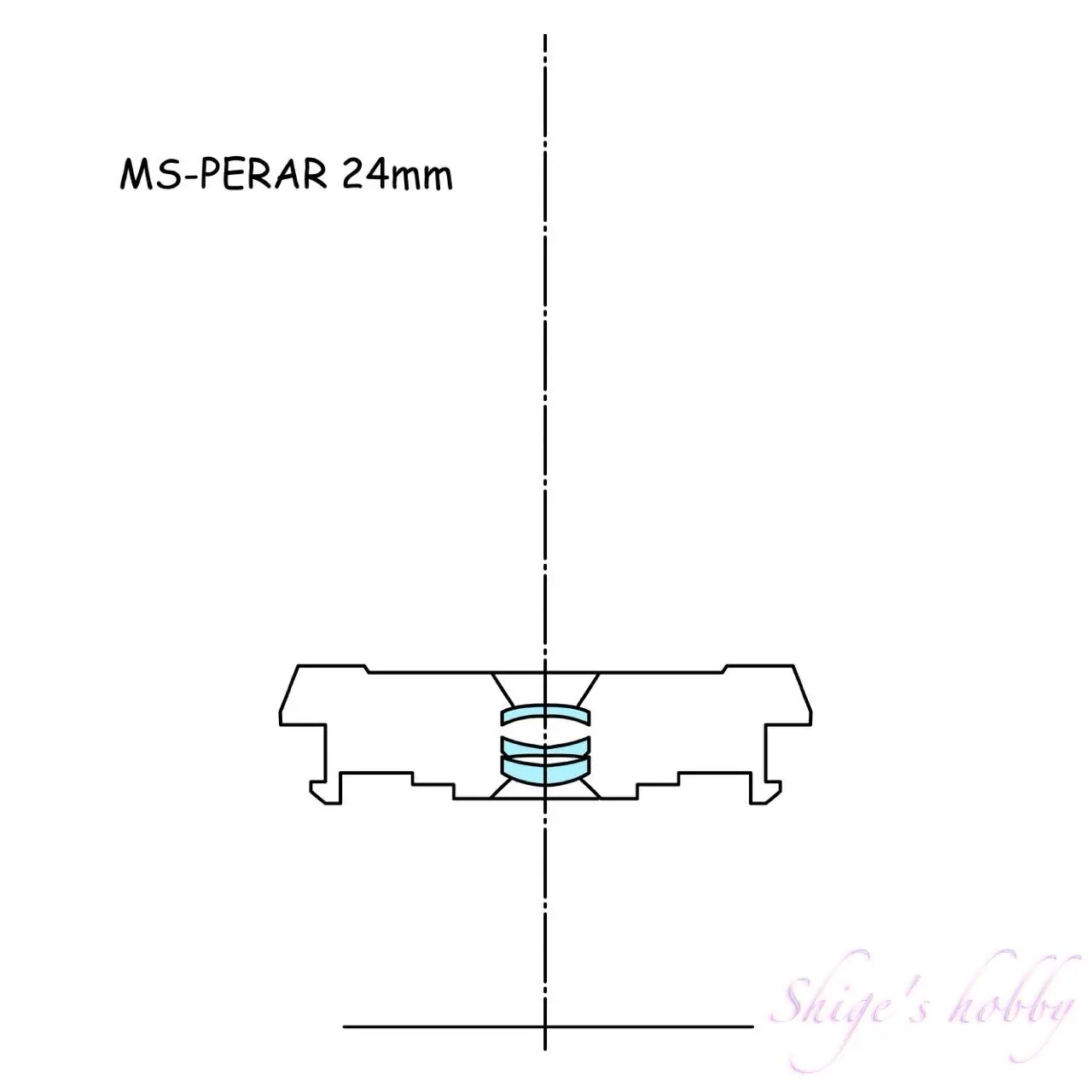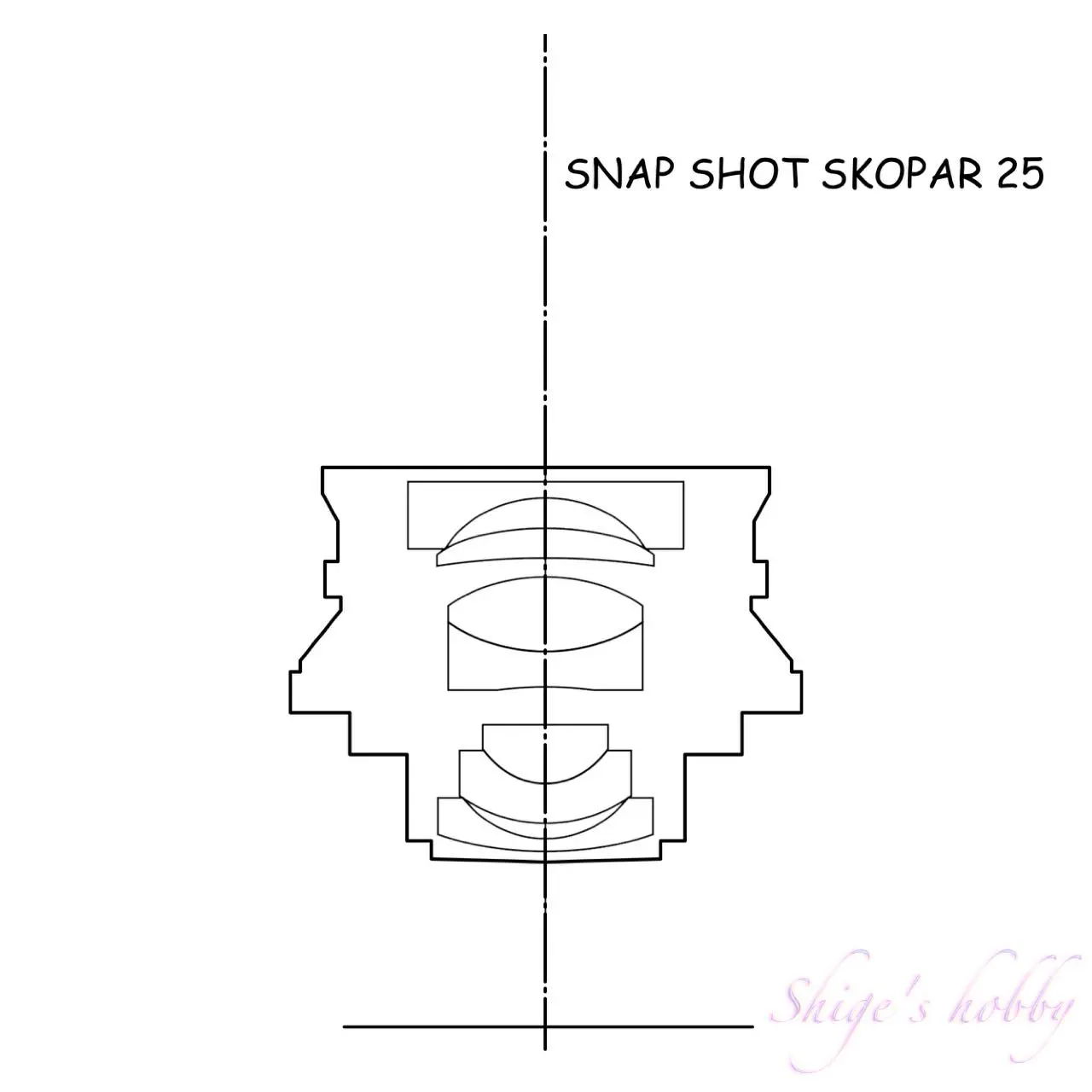3rd Miyazaki Triplet MS-PERAR 24mm F4

A review and sample photos of the Ms-Optics (Miyazaki Optical) PERAR 24mm F4 used with various digital cameras, including the LEICA M9.
- Please see the disclaimer regarding advertising here.
- Italicized links in the text are advertisement links that take you to other sites.
Table of contents

Gallery
The sample photos were taken with the following cameras:
- LEICA M9
- LEICA M-P Typ240
- LEICA M8
- LEICA T typ701
- RICOH GXR A12
- Panasonic LUMIX GM5
- Click on the layer to enlarge
Review


1.Overview
The MS-PERAR 24mm f/4, released in 2014, is the fifth wide-angle lens from Ms-optics (Miyazaki Optical) overall and the third in the Triplet series. As the lens nameplate reads SUPER TRIPLE, the lens features a triplet structure with three elements in three groups, giving it the PERAR name.
Detailed specifications are listed in the table, but the key specifications are summarized below.
- A dedicated cylindrical hood is included.
- Lens construction: 3 elements in 3 groups
- Aperture range: f/4-f/16
- Aperture blades: 10
- Lens thickness: 5mm
- Minimum focusing distance: 0.65m
- Range of rangefinder coupling for Leica M-type rangefinder cameras: 0.8m
- A 19mm filter can be threaded into the hood.
2.Usability
Like other lenses in the Pera series, the MS-PERAR 24mm F4 delivers clear, sharp images, especially in the center, despite its simple three-element design.
Although limited to the central area, it’s surprising that such image quality can be achieved with just three glass elements.
Even in the reduced-size images in the gallery, you can see its true potential in the depiction of cat fur, for example.
Though it’s a very compact lens, it’s easy to operate, with smooth focusing achieved by sliding the focus lever at the bottom of the lens barrel. The aperture is located at the front of the lens barrel and can be adjusted by rotating the hood attached there. There are no click stops on the aperture, so the accurate aperture value must be confirmed visually.
The minimum focusing distance is 0.65m, but it is not linked to the camera’s rangefinder. Using the EVF on a mirrorless camera allows for closer shots.
This lens, like the Pera series, is compact, making it a great match for small-bodied cameras such as the MINOLTA CLE film camera and the SONY NEX series and LUMIX GM5 digital cameras.
Because it’s a three-element lens, perfect correction isn’t possible, resulting in blurred images due to peripheral field curvature, slight pincushion distortion, and a magenta color cast that appears depending on the angle of the light when photographing blue skies at wide open apertures with older 35mm full-frame sensor cameras like the Leica M typ240.
In this example, the LEICA M9 performed relatively better, while the LEICA M-P typ240 exhibited more color cast. One way to avoid these issues is to use a camera with a smaller sensor and crop the edges.
The 35mm equivalent focal lengths for each sensor size are as follows:
- For Micro Four Thirds, this is 48mm, roughly the same focal length as a standard lens.
- For APS-H size sensors, it’s 31mm.
- For APS-C size sensors, it’s 36mm, close to the entry-level 35mm focal length of wide-angle lenses.
3.Summary
In conclusion, to sum up the MS-PERAR 24mm F4 is a thin, compact lens that suits small-body cameras well. Because it’s a three-element lens, image quality can be distorted at the edges, so it’s best used with sensors smaller than APS-C.
When using it with a 35mm full-frame sensor, you’ll need to choose your subject carefully, taking into account image distortion and color casts at the edges.
Specifications, considerations, etc.
Leica M-mount lenses with a focal length close to that of this lens, 24mm, are released by Leica, Carl Zeiss, and Voigtländer.
The MS-PERAR 24mm is notable for its thinness, measuring just 5mm thick. Compared to other lenses, the Leica Elmarit 24mm F2.8 is 45mm, the Carl Zeiss Biogon is 47mm, and the Voigtländer Color Skopar is 25mm, making the MS-PERAR 24mm far thinner.
The MS-PERAR 24mm also weighs just 35g, compared to the Leica Elmarit 24mm F2.8 at 300g, the Carl Zeiss Biogon at 260g, and the Voigtländer Color Skopar at 144g, making the MS-PERAR 24mm overwhelmingly lighter.
When using a 35mm full-frame sensor, the Leica Elmarit and Carl Zeiss Biogon rarely exhibit color cast, but the Voigtländer Snapshot Skopar and Color Skopar 25mm are likely to exhibit color cast, just like this lens.
Ms-optics’ PERAR series, which consists of three elements in three groups, includes four lenses, including this one: the PERAR-35mm F3.5, PERAR-28mm F4, and PERAR-21mm F4.5, all of which are wide-angle lenses with slightly slower maximum apertures.
The lens construction diagrams are taken from materials distributed by each company, and the dimensions have been adjusted here, so they may not be exact.


| Manufacturer | Ms-optics | LEICA | Carl Zeiss | Voigtlander |
| Items | PERAR | ELMARIT | BIOGON | COLOR SKOPAR |
| focal length(mm) | 24 | 24 | 25 | 25 |
| Maximum aperture | 4 | 2.8 | 2.8 | 4 |
| Minimum aperture | 16 | 16 | 22 | 22 |
| Leaf blade | 10 | 8 | 10 | 10 |
| Lens configuration | 3 elements in 3 groups | 9 elements in 7 groups | 9 elements in 7 groups | 7 elements in 5 groups |
| Minimum distance(m) | 0.65 ∞ to 0.8m: Camera rangefinder coupled | 0.7 | 0.5 | 0.5 |
| Lens length(mm) | 5.2 | 45 | 46.6 | 25.4 |
| Lens max diameter(mm) | 50 | 58 | 53 | 55 |
| Filter type | 19 Installed inside the dedicated hood | 55 | 46 | 39 |
| Weight(g) | 35 | 290(black) 388(Silver) | 260 | 144 |
| Release date | 2014 | 1996 | 2005 | 2007 |
| Price | ¥60,000 | – | ¥110,000 | ¥50,000 |
Reference links
Update history
- 2024.11.21
- 2024.02.17:Update article
- 2022.04.18:First draft
Affiliate links
- Please see the disclaimer regarding advertising here.
- Italicized links in the text are advertisement links that take you to other sites.
Leave a Reply